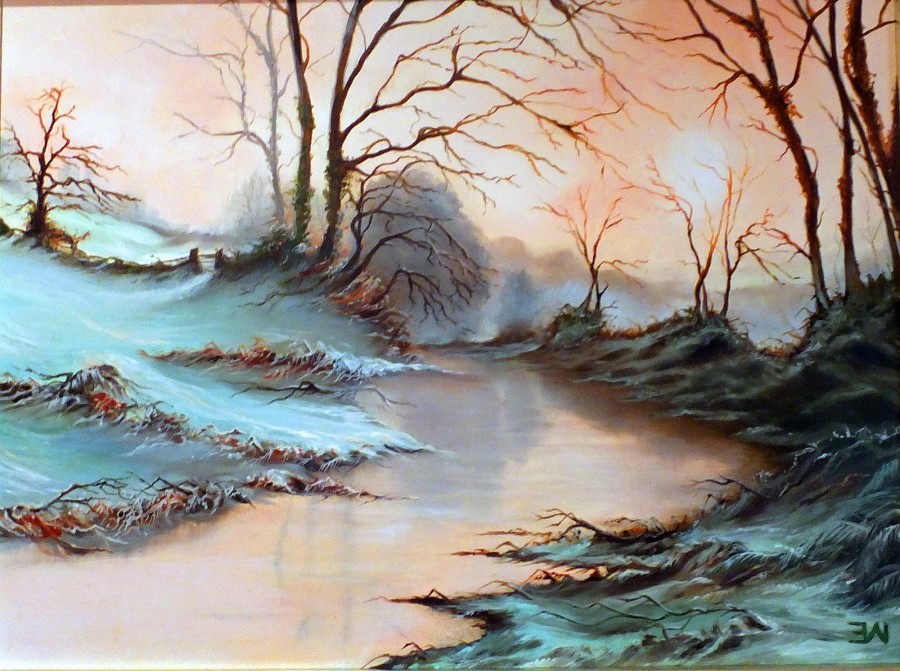The contemporary art scene in the UK is vibrant, eclectic and dynamic, with thousands of creatives all over the country getting involved and creating new works every day. We have lots of original art for sale from a host of talented UK based contemporary artists at Art2Arts, but what is contemporary art, and what does it actually mean to be a contemporary artist?
Many people aren’t sure what contemporary art is – and they’re reluctant to ask, especially in the company of other artists, in case it’s deemed a stupid question. But the definition of contemporary art is actually quite simple: it’s basically art which has been created during our lifetimes. The term ‘modern art’ doesn’t actually refer to our own lifetime – it refers to the period between the 1880s up until the 1960s. Anything later than that is deemed to be contemporary.
Contemporary art has also come to mean work that is considered particularly cutting-edge. Abstract work and postmodernist genres like Pop art (made famous by Andy Warhol) and performance art fall under the category of contemporary art.
Just as other artistic eras have their own movements – the Renaissance period, for example, featured the Impressionists – the contemporary era too has given rise to distinct categories, from Ugly Realism and Feminist Art in the 1970s, to the Bitterism and Funism of the 1990s and 2000s. Nowadays, these movements are much harder to classify, as there are usually only around ten artists in most movements.
Contemporary art can also be hard to classify because it’s defining feature is a lack of uniform. There are no principles or ideologies which apply across all contemporary art, and many pieces of contemporary art challenge the traditional boundaries, rather than falling neatly into certain categories.
The contemporary artists of today are socially conscious, and much of the art created over the last three decades has been connected with global sociopolitical issues. The rise of feminism has seen masses of art created, while issues like multiculturalism, famine, AIDS awareness, environmentalism and racism have birthed their own movements and prominent artists.
The world of contemporary art offers important opportunities to reflect on today’s society and the issues we face as a civilization. Globalization means that much contemporary art draws influence from artists all over the world, and the rise in technology has meant that the borders of traditional art have expanded to include things like 3d printing, video, lights and lasers and other digital innovations.





